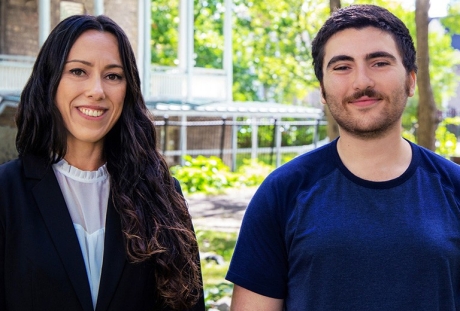Students in equity-deserving groups* can benefit the most from a paid professional experience in their field of study. Through BTO, they broaden their professional network, gain essential employability skills and access support and mentorship opportunities to better prepare them for life after graduation.
By hiring a student, you’ll strengthen your organization’s commitment to equity, diversity, and inclusion while providing guidance as the student builds their self-confidence and discovers their strengths.

